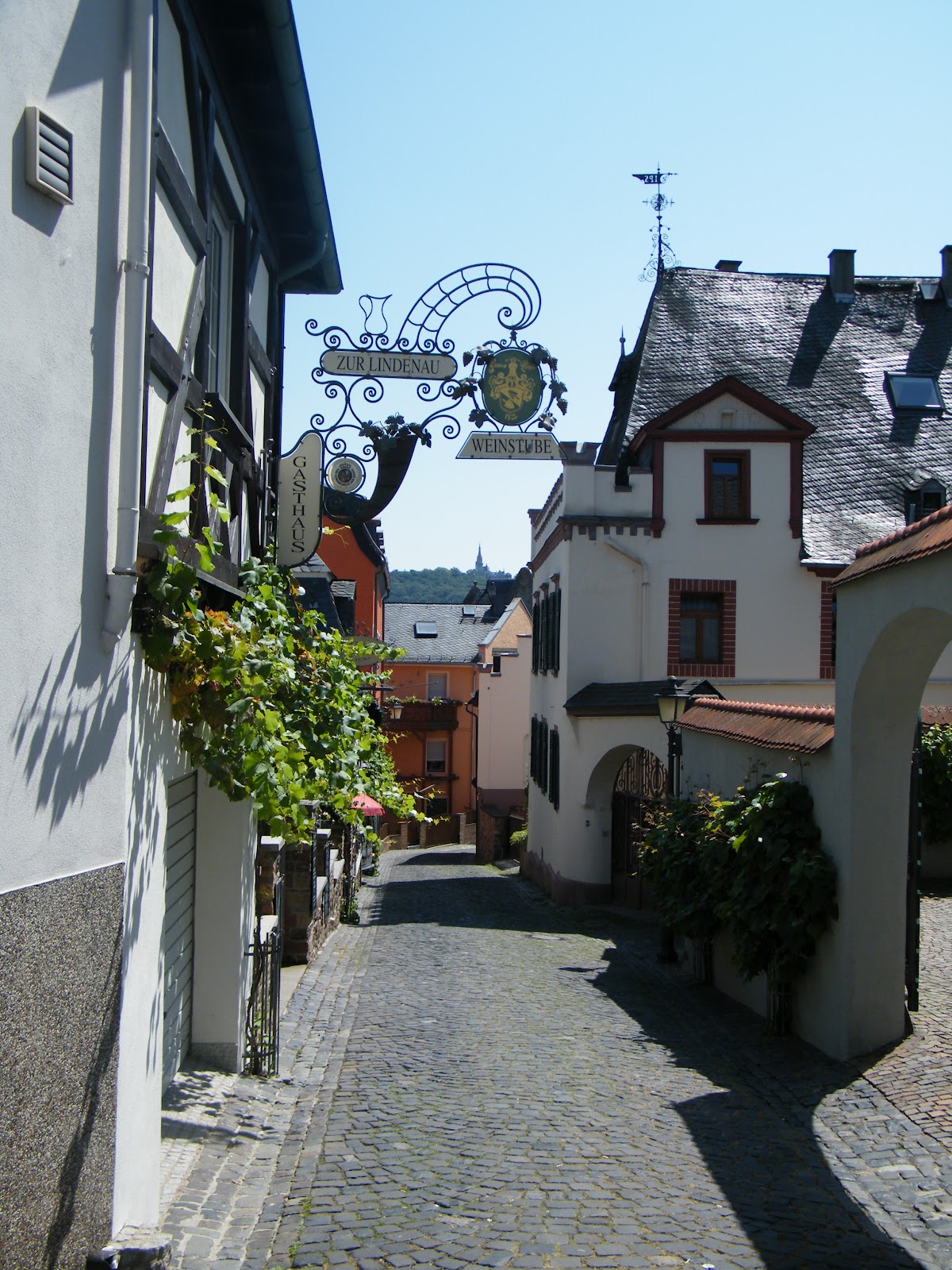Although Nuremberg is yet another German city with a history dating back almost 2000 years, its significance for me relates to the propaganda machines of Nazi Germany.
Hitler chose this city to hold his massive Nazi Party
rallies each September from 1927 to 1938, with 250,000 participants and 70,000
spectators.
At the Zeppelin field today, the site of the Nazi Party rallies, the chill we felt standing amidst the ruins of this massive area was deepened when our guide showed us the photo (below) of how it looked during those years.
As we visited Nuremberg I chatted to Albert, one of
the passengers on our ship.
Albert’s father was a Russian veterinarian and his mother a Ukrainian
farmhand, living in Russia at the outbreak of World War II. When Albert’s father was conscripted to the
Russian Front in 1942 he ran away from the army and hid for several months in
the surrounding woods, surviving by foraging for food and placing a blanket
over bushes at night to collect water. With
the help of the Polish Resistance he arranged for his wife and two young
children to escape Russia and together the young family spent three months
walking through Poland, travelling only at night.
In early 1943 Albert’s father took a calculated risk and surrendered
to the Germans, who were desperately short of skilled manpower. He gained “employment” at Buchen Wald Concentration Camp where he administered
the animals and his wife worked in the fields milking the cows. The family survived by cooperating with the
German army who provided them with meagre food and shelter in return for their
labour.
Albert was born in the Concentration Camp in August 1944 and
his malnourished mother kept him alive by carrying him to work in a makeshift
sling and squirting the cow’s milk into her baby’s mouth. She told Albert that
she had to be careful not to draw attention to herself as he became a thriving
chubby baby.
Nine months later, the Nazis left suddenly. After two years’ living within the confines of
the camp, Albert’s parents had no idea what to do next. They were too frightened to simply walk out of
the camp as they were convinced they would be shot.
On May 11th 1945 the Americans liberated
them. They were free to go. But where?
It was not until 1949 that the family gained passage to
Australia, where they settled in Tasmania and never really spoke about the
war. Albert’s father remained suspicious
of authority until the day he died.
Albert’s pilgrimage will take him back to Buchen Wald next week at the conclusion
of our river cruise, when he will visit his birth place and put the final
puzzle pieces of his personal history together.


























































